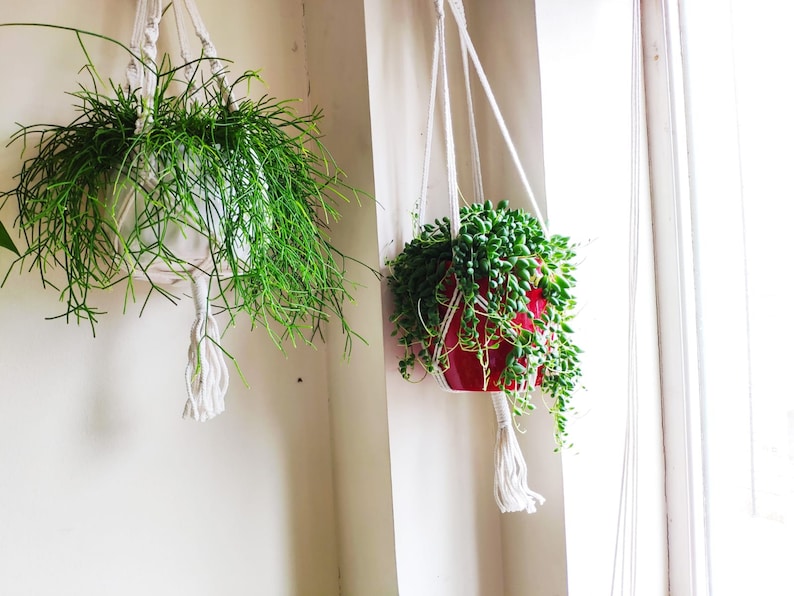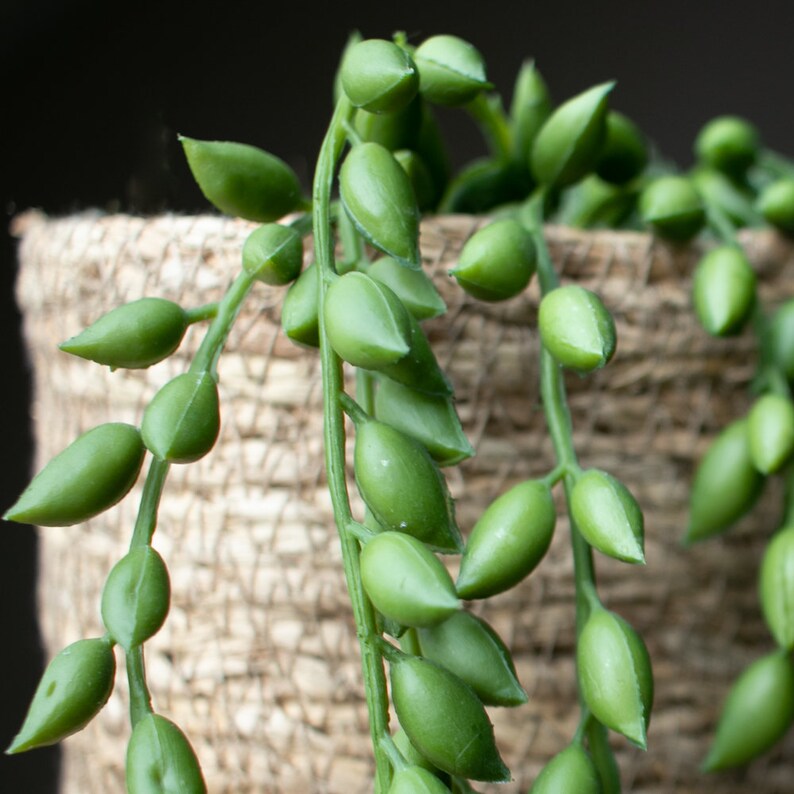
String Of Tears Succulent Pest or Disease Problemsįor the most part, this hardy succulent is pest and problem-free when properly cared for. Press it down gently to make sure you have good soil contact, and it will soon begin setting down roots. Propagate by poking the end of the cutting into loose soil or simply setting the cutting on top of loose soil. Take cuttings anytime you like throughout the year. In the wild, the teardrop plant forms dense mats. In its native setting, the stems simply trail along the ground and set down roots as they go. String of Tears Senecio Plant is very easy to propagate. Senecio Herreianus String Of Tears Propagation
STRING OF RAINDROPS FULL
The String of Teardrops does best in partial shade or indirect bright light rather than in the full direct sunlight.Īs a houseplant, it does well in an east-facing or west-facing sunny window. Senecio herreianus String of Tears produces cinnamon-scented, trumpet-shaped white flowers during the spring and summer. When the plant is grown in bright sunlight, the purple hues of the stems and leaves will become darker.When you peek in the window, you will see the interior of the leaf has very fine purple stripes.
STRING OF RAINDROPS WINDOWS

The String of Tears is typically a low growing, trailing plant.

The specific epithet, herreianus (her-ray-ee-AY-nus) honors botanist, Hans Herre, who was an expert on the topic of South African succulents.

This is a reference to the hairy aspects of the blooms. The plant’s genus name, Senecio (sen-NEESH-shee-oh) is Latin and means “old man”. This plant is a close relative of Senecio rowleyanus (String of Pearls Plant) and Senecio Radicans (String of Bananas Plant). Pin String of tears aka Senecio herreanus | alona – Adobe


 0 kommentar(er)
0 kommentar(er)
